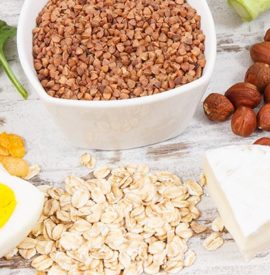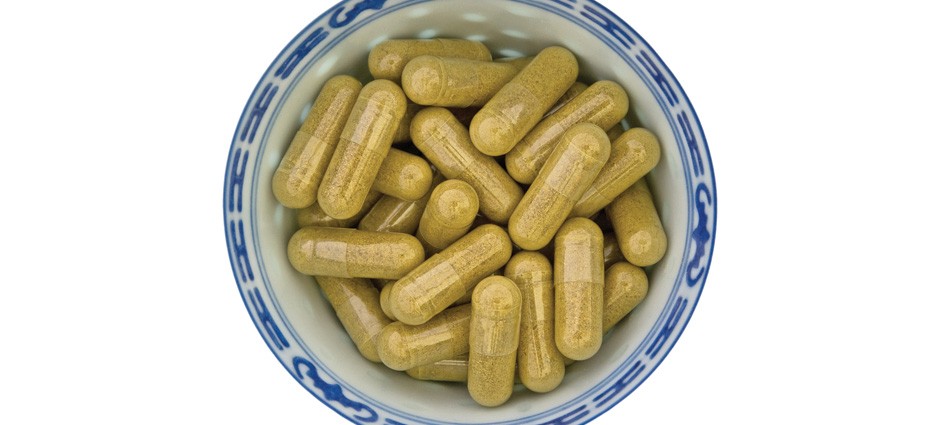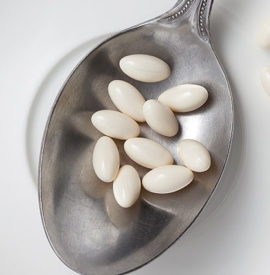Normally inflation (from the Latin inflammo or ignite) is a good thing. That’s because it’s part of your body’s immune response, in which white blood cells and immune proteins mobilize to remove damaged cells, bacteria and viruses and help you heal when you’re injured. But symptoms of inflammation—redness, joint swelling, pain and stiffness—can be uncomfortable and become chronic in conditions like arthritis. For relief, people often opt for nonsteroidal anti-inflammatory drugs (NSAIDS) like aspirin, ibuprofen and celecoxib (Celebrex), which unfortunately can spawn their own set of problems, including ulcers, high blood pressure, and even heart attacks and strokes, according to a 2014 study in the British medical journal The Lancet.
One promising alternative: natural cures. Nature-based supplements can be a safe, effective way to ease joint pain and inflammation, often at a lower cost than prescription or over-the-counter medicines. “Natural remedies reduce inflammation by improving circulation and moving compounds that are stagnant and cause swelling,” says Brigitte Mars, herbalist and coauthor of The Home Reference to Holistic Health and Healing (Fair Winds, 2014). “Anti-inflammatory cures also help to soothe any irritated areas with calming mucilage.” Try these remedies and compare them to your go-to painkillers. Any questions? Talk to an integrative physician or osteopathic doctor who is open to natural cures.
GINGER

How to use it: Make a comforting ginger compress: Dip a clean washcloth into a cup of hot (but not scalding) ginger tea, and apply to the aching joint in question. Cover with a dry cloth to hold the heat in until it’s cool. Replace as needed. You can also buy topical creams to ease pain and inflammation and reduce stiffness.
TURMERIC

How to use it: Take it as a supplement, or look for this ingredient in topical creams.
GREEN TEA

How to use it: Drink four cups of green tea a day or take an EGCG (active ingredient in green tea) supplement: 2,000 mg. twice a day.
CAYENNE PEPPER

How to use it: Make your own topical treatment by steeping a tablespoon of cayenne in 1 pint of hot (but not scalding) apple cider vinegar, says Mars. Dip a clean washcloth into the mixture, and apply as needed. Cover with a dry cloth to hold the heat in longer. Replace when it has cooled. You can also buy a cayenne pepper cream. Cayenne can also be taken in supplement form. Choose capsules of at least 500 mg., and follow label instructions.
STINGING NETTLES
W
How to use it: Touching the afflicted area with stinging nettles can hurt at the time but relieves pain in the long run. Or drink it as a tea or use it in a cream topically on painful areas. Note: It has not been established that nettle root or leaf are safe for pregnant or nursing mothers. When in doubt, talk to your doctor before taking this or any supplement.
TART CHERRIES

How to use it: Take a supplement (500 mg. four times a day), or drink 10.5 ounces of tart cherry juice daily for three weeks.
ESSENTIAL FATTY ACIDS

How to use it: Buy a fish oil high in DHA and EPA, and certified free of contaminants, such as mercury. Take 1,500–3,000 mg. per day—the lower end for maintenance and the higher end for more acute flares of pain or stiffness.
More Vitamins and Minerals for Joint Health
• Your joints will benefit from taking 1,000 mg. of calcium and 400 mg. of magnesium with 400 I.U. of vitamin D daily to help your body absorb the calcium.
• Glucosamine sulphate cools off inflammation, repairs traumatized tissue and cushions joints. Take 250–500 mg., three times daily.
• Bromelain, an enzyme that comes from the stem and juice of pineapples, reduces inflammatory compounds called prostaglandins. Take 500 mg. each day.
A Soothing Soak
Epsom salt is high in magnesium, which eases and relaxes stiff joints and muscles. Add a pound of Epsom salts to a warm bath to release toxins and relieve pain, suggests herbalist Brigitte Mars. “Make it even more therapeutic by adding 5 to 10 drops of essential oils such as wintergreen—which contains salicin, a pain-relieving compound made from willow bark—or anti-inflammatory citrus oils like lemon and orange.”
Best Foods for Joint Health
The next time you go to the grocery store, stock up on these nutritional and anti-inflammatory nutrients: almonds, pecans, barley, brown rice, quinoa, oatmeal, black beans, artichokes, kale, okra, sweet potatoes and pecans. Raw string beans are a therapeutic food for arthritis because they help eliminate uric acid, which can contribute to joint pain. Celery seed as a condiment also ferrets out uric acid. A shot glass of aloe vera 10 minutes before each meal can also reduce inflammation. – BRIGITTE MARS









Comments